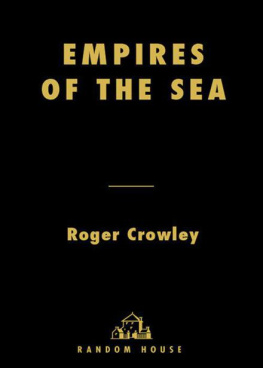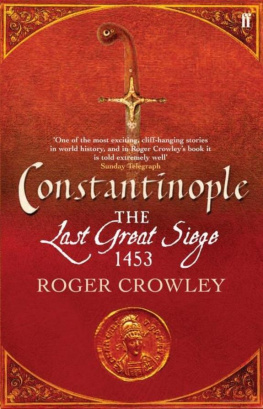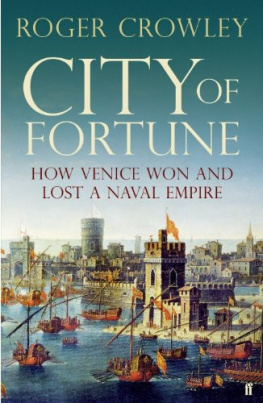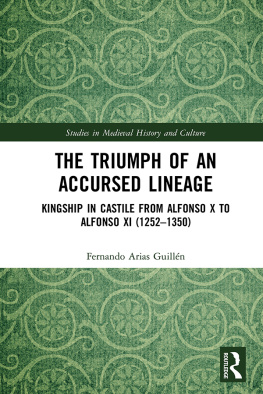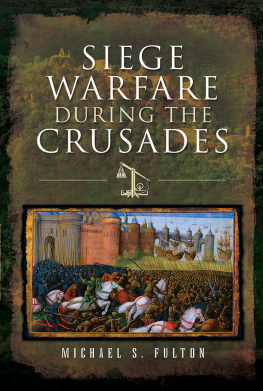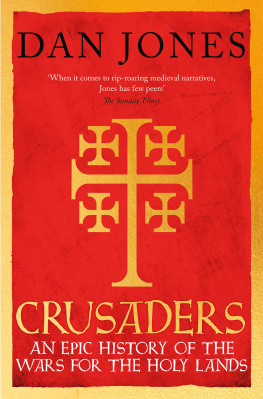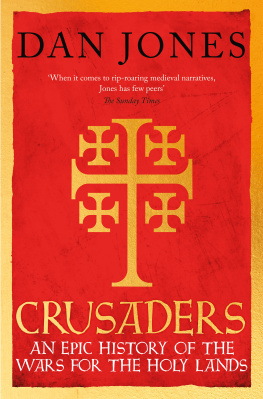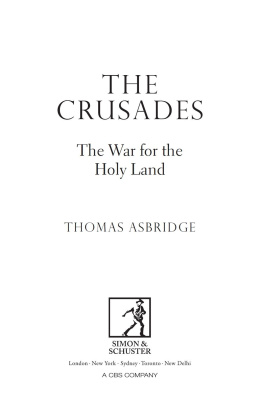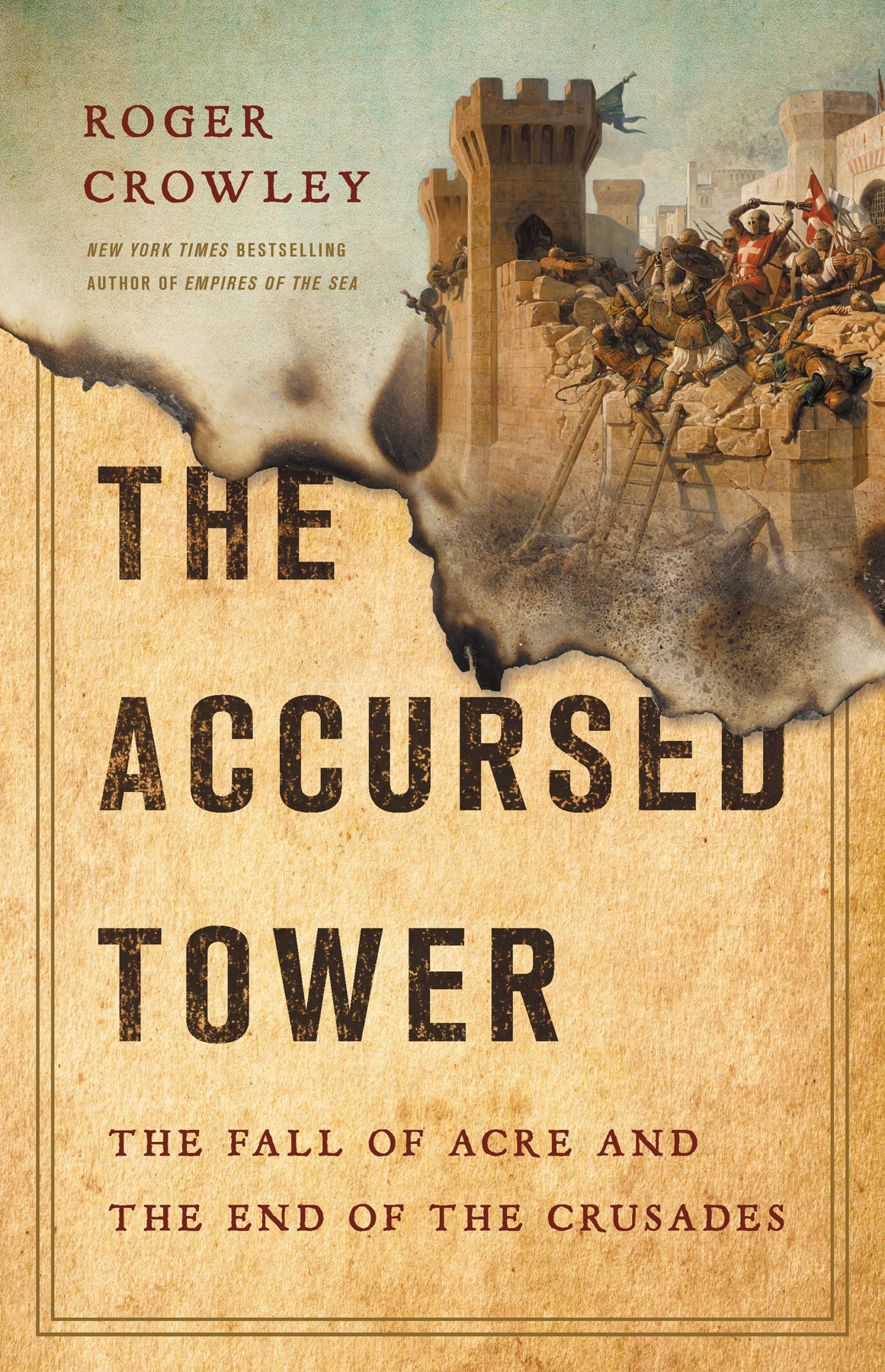Copyright 2019 by Roger Crowley
Cover design by Ann Kirchner
Cover images copyright RMN-Grand Palais / Art Resource, NY; Itsmesimon / Shutterstock.com; Mega Pixel / Shutterstock.com; Krasovski Dmitri / Shutterstock.com; javarman / Shutterstock.com
Cover copyright 2019 Hachette Book Group, Inc.
Hachette Book Group supports the right to free expression and the value of copyright. The purpose of copyright is to encourage writers and artists to produce the creative works that enrich our culture.
The scanning, uploading, and distribution of this book without permission is a theft of the authors intellectual property. If you would like permission to use material from the book (other than for review purposes), please contact permissions@hbgusa.com. Thank you for your support of the authors rights.
Basic Books
Hachette Book Group
1290 Avenue of the Americas, New York, NY 10104
www.basicbooks.com
First Edition: October 2019
Published by Basic Books, an imprint of Perseus Books, LLC, a subsidiary of Hachette Book Group, Inc. The Basic Books name and logo is a trademark of the Hachette Book Group.
The Hachette Speakers Bureau provides a wide range of authors for speaking events. To find out more, go to www.hachettespeakersbureau.com or call (866) 376-6591.
The publisher is not responsible for websites (or their content) that are not owned by the publisher.
The Library of Congress has cataloged the hardcover edition as follows:
Names: Crowley, Roger, 1951author.
Title: The Accursed Tower : the fall of Acre and the end of the Crusades / Roger Crowley.
Other titles: Fall of Acre and the end of the Crusades
Description: First Edition. | New York : Basic Books, 2019. | Includes bibliographical references and index.
Identifiers: LCCN 2019019102 | ISBN 9781541697348 (hardcover) | ISBN 9781541699724 (ebook)
Subjects: LCSH: Acre (Israel)HistorySiege, 1291. | Crusades13th15th centuries.
Classification: LCC D171 .C66 2019 | DDC 956.94/032dc23
LC record available at https://lccn.loc.gov/2019019102
ISBNs: 978-1-5416-9734-8 (hardcover), 978-1-5416-9972-4 (ebook)
E3-20190923-JV-NF-ORI
Conquerors: How Portugal Forged the First Global Empire
City of Fortune: How Venice Ruled the Seas
Empires of the Sea: The Siege of Malta, the Battle of Lepanto, and the Contest for the Center of the World
1453: The Holy War for Constantinople and the Clash of Islam and the West
For Richard and Sophie
And it is worth noting that they say that Our Lord, when he travelled beside the Syrian sea, did not enter this city, but cursed one of its towers, which today is called Accursed by the inhabitants. But I believe rather that it took its name from another source. When our men laid siege to the city, this tower was the most strongly defended of all; whence they called it the Accursed Tower.
W ILBRAND VAN O LDENBURG, VISITOR TO A CRE, 1211
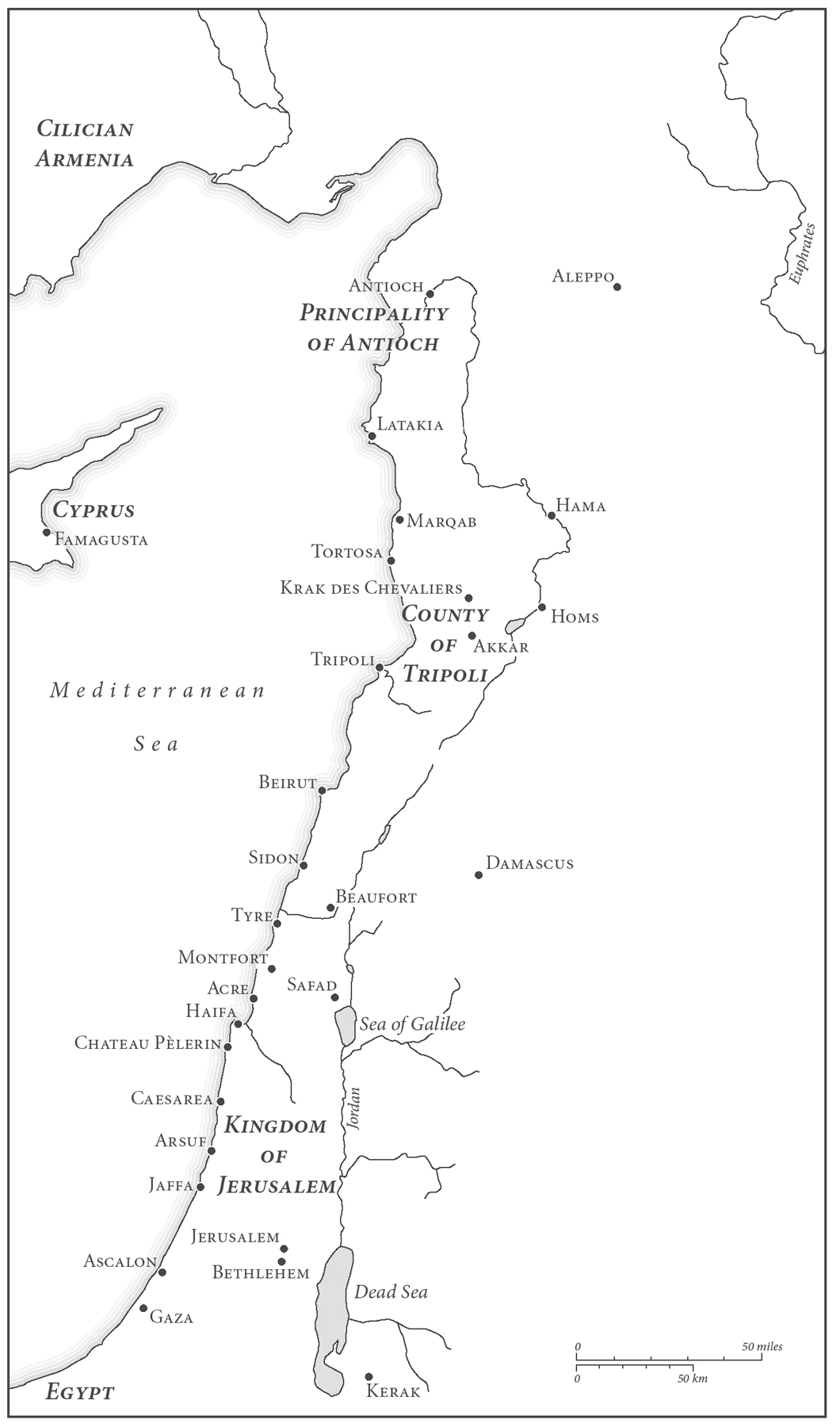
The Crusader States in the Thirteenth Century.
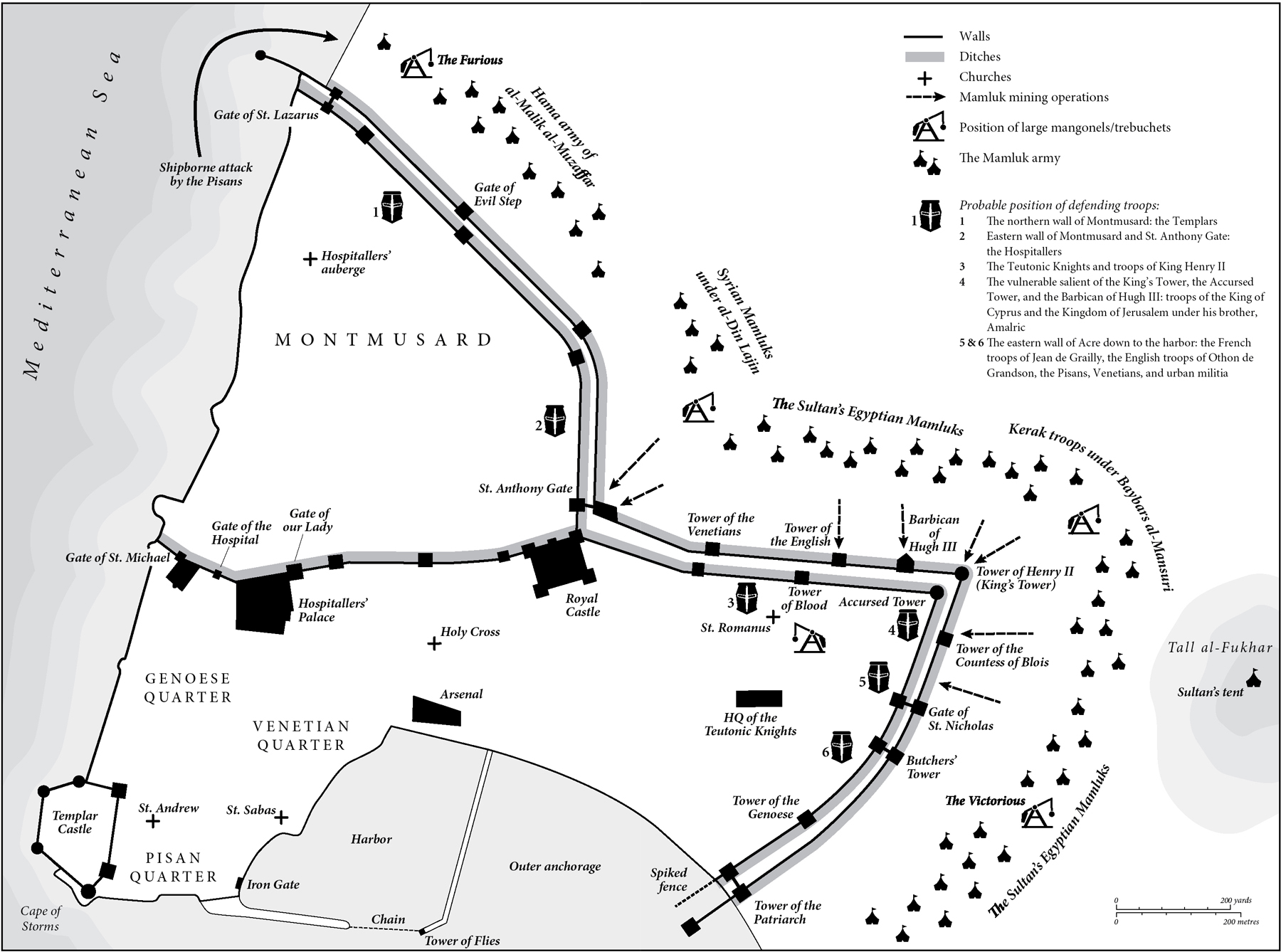
The Siege of Acre, 1291.
| 1095 | Pope Urban II preaches crusade in France. |
| 10961099 | The First Crusade. |
| 1099 | The crusaders besiege and sack Jerusalem. |
| 1104 | King Baldwin captures Acre. |
| 11471149 | The Second Crusade. |
| 1171 | Saladin becomes ruler of Egypt. Start of the Ayyubid dynasty. |
| 11711185 | Saladin consolidates Ayyubid rule over Palestine and Syria. |
| 1187 | Saladin defeats a crusader army at Hattin, takes Acre, and regains Jerusalem. |
| 11891192 | The Third Crusade, led by Philip Augustus of France, Frederick I (Holy Roman Emperor), and Richard I of England. |
| 11891191 | The crusader siege of Acre. |
| 1192 | Treaty between Richard and Saladin, and departure of Richard. |
| 12021204 | The Fourth Crusade sets out from Venice but deviates to capture Christian Constantinople. |
| 12171219 | The Fifth Crusade attacks Egypt but is defeated in the Nile Delta. |
| 1228 | Frederick II regains Jerusalem by treaty. |
| 12391241 | Small crusading ventures by Theobald of Champagne and Richard of Cornwall. |
| 1244 | The Khwarazmians sack Jerusalem. The city is finally lost. |
| 1245 | Pope Innocent IV sends an embassy to the Mongols. |
| 1247 | Louis IX plans a crusade. |
| 12481254 | The Seventh Crusade. |
| 1248 | Louis invades Egypt, his army is defeated in the Nile Delta, and Louis is captured. |
| 12481250 | The end of the Ayyubid dynasty. The slave Mamluks gain control of Egypt. |
| 1250s | Baybars emerges as leader of the Bahriyyah Mamluks. |
| 1258 | The Mongols sack Baghdad. |
| 1259 | Qutuz gains control of Egypt. |
| 1260 | The Mongols under Hleg sack Aleppo and take Damascus. The Mongol army is defeated at Ayn Jalut. Qutuz is assassinated, and Baybars becomes sultan of the Mamluks. |
| 12601264 | Baybars tightens his grip on power and reforms the army. |
| 12651271 | Baybars embarks on systematic destruction of crusader castles. Acre is repeatedly raided. |
| 1268 | Baybars takes Antioch. |
| 1270 | The Eighth Crusade. King Louis IX attacks Tunis and dies there. |
| 1271 | Edward of Englands crusade to Acre. Baybars captures Krak des Chevaliers. |
| 1277 | Baybars dies. Qalawun gains the Mamluk sultanate. |
| 1289 | Qalawun takes Tripoli. |
| 1290 | The massacre of Muslims at Acre provides the excuse for Qalawuns attack. The Mamluk army is mobilized. Qalawun dies, and Khalil becomes sultan. |
| 1291 | Khalil attacks and destroys Acre. All remaining crusader outposts in Outremer fall. |
| 1293 | Khalil is assassinated by a group of Mamluk emirs. |
I N THE SPRING of 1291, the largest army that Islam had ever assembled against the crusaders in the Holy Land was moving toward the city of Acre. It was, by all accounts, an extraordinary spectaclean immense concourse of men and animals, tents, baggage and supplies, all converging on Christendoms last foothold. The aim was to deliver a knock-out blow.
Forces had been drawn widely from across the Middle Eastfrom Egypt five hundred miles to the south, from Lebanon and Syria as far north as the banks of the Euphrates, from the great cities of Cairo, Damascus, and Aleppoa gathering of all the regions military resources. The elite troops were enslaved Turkish-speaking warriors from beyond the Black Sea, and the army included not only cavalry, infantry, and specialist supply corps, but enthusiastic volunteers, mullahs, and dervishes. The campaign had inspired a popular fervor for holy warand a less pious one for booty.
Visible in this panorama, a vast array of outfits, devices, and armor: lordly emirs in white turbans; foot soldiers in conical metal helmets, chain mail, and leather scale tunics; cavalry armed with short bows, their animals covered in colorful cloths and saddles embroidered with heraldic insignia; camel-mounted musicians playing kettledrums, horns, and cymbals; fluttering yellow banners and weapons of all kindsmaces, javelins, spears, swords, siege crossbows, carved stone balls, naptha for the manufacture of Greek fire and clay grenades. Oxen strained to haul carts laden with timbers from trees felled in the mountains of Lebanon and fashioned in the workshops of Damascus. These timbers were the prefabricated components of stone-throwing catapultsknown in the Islamic world as



